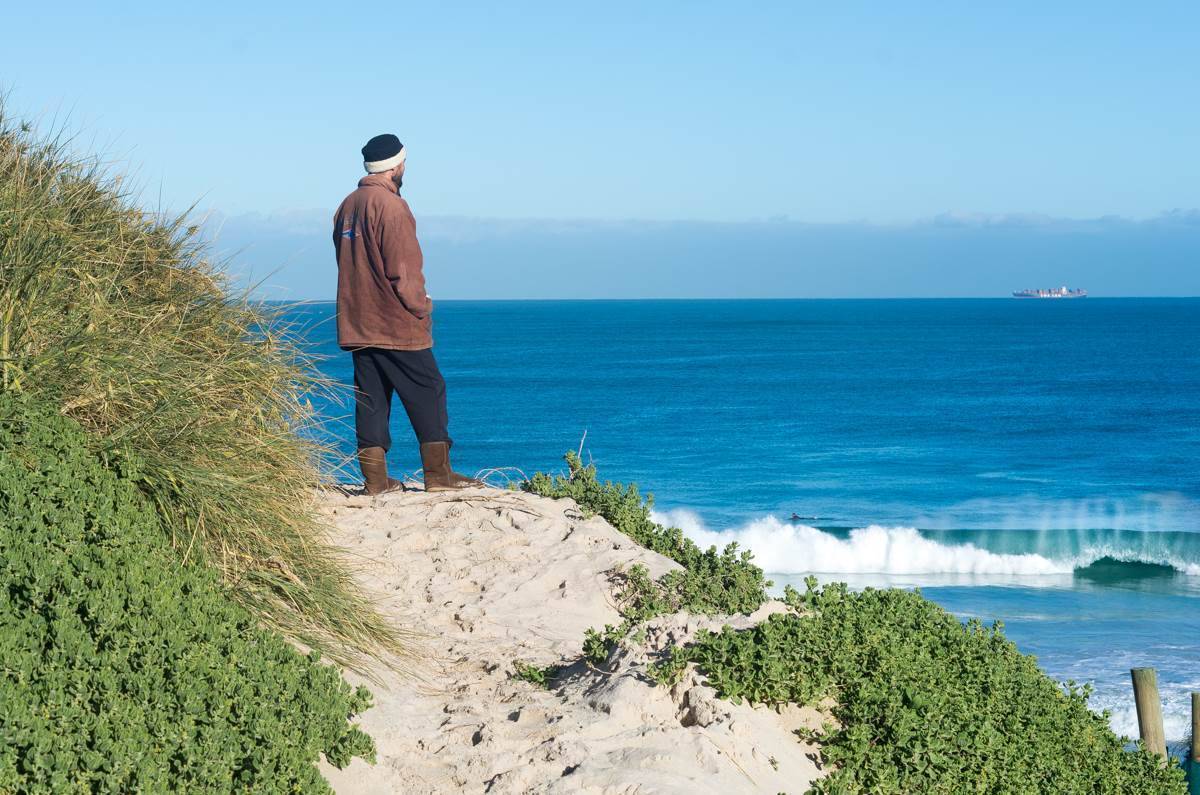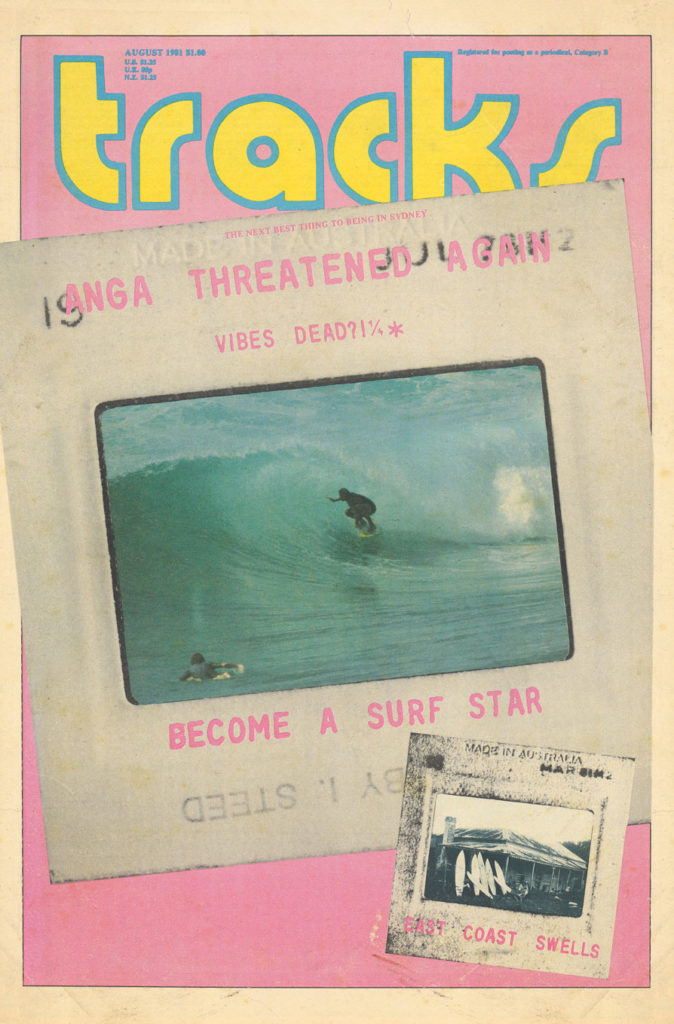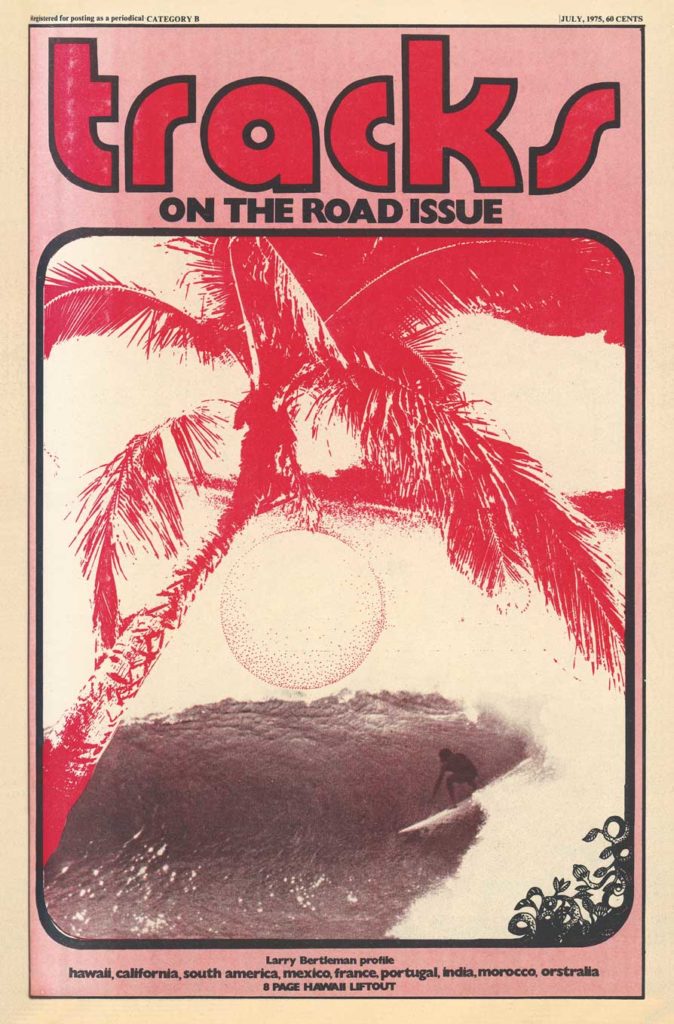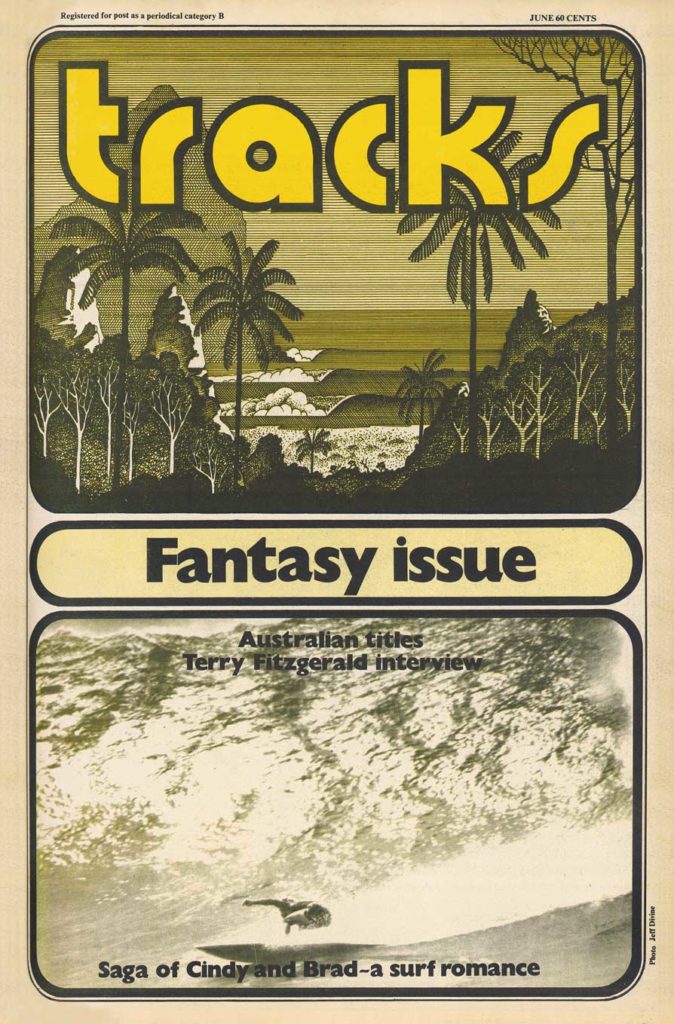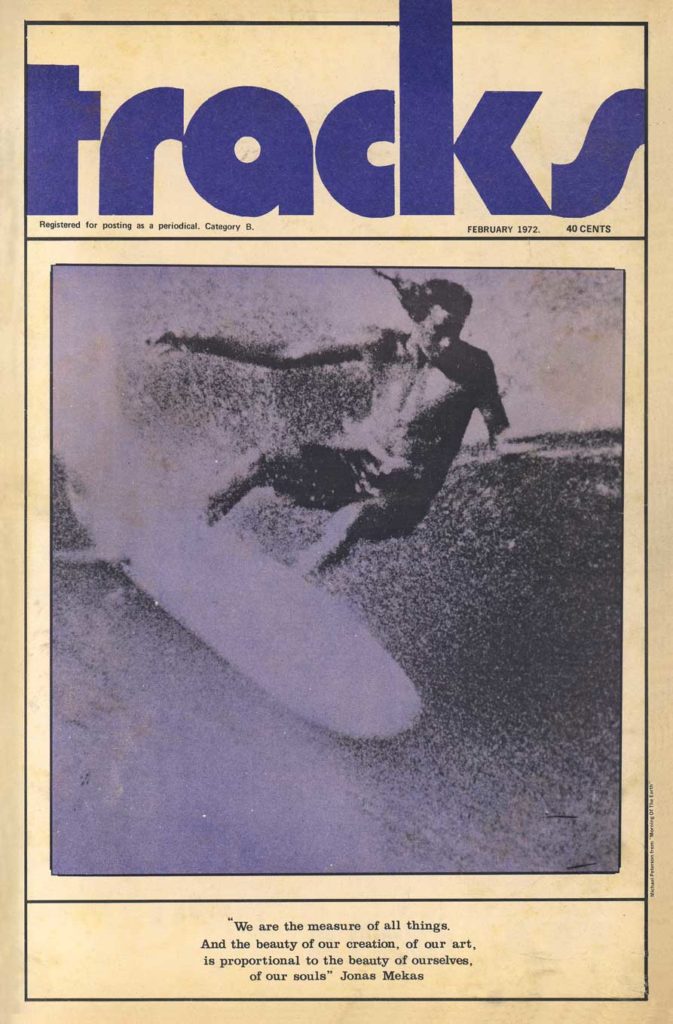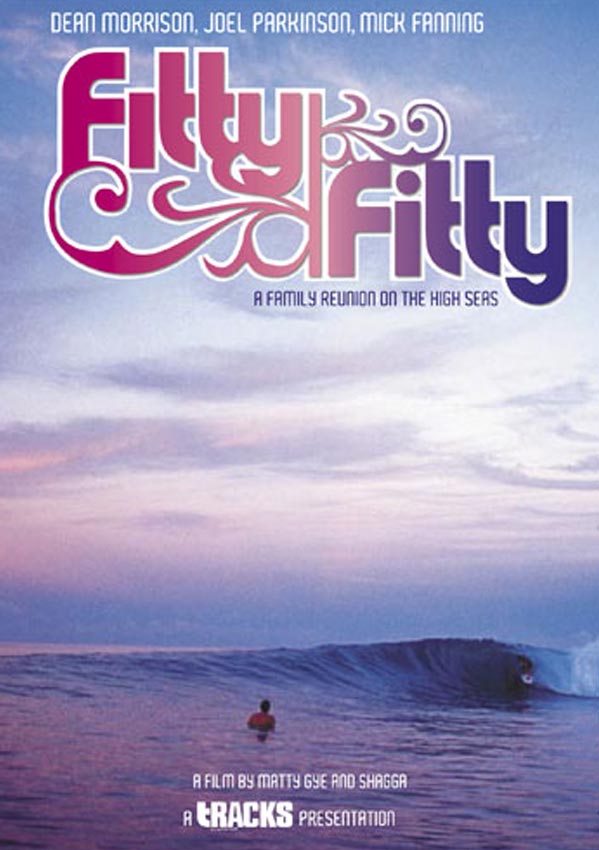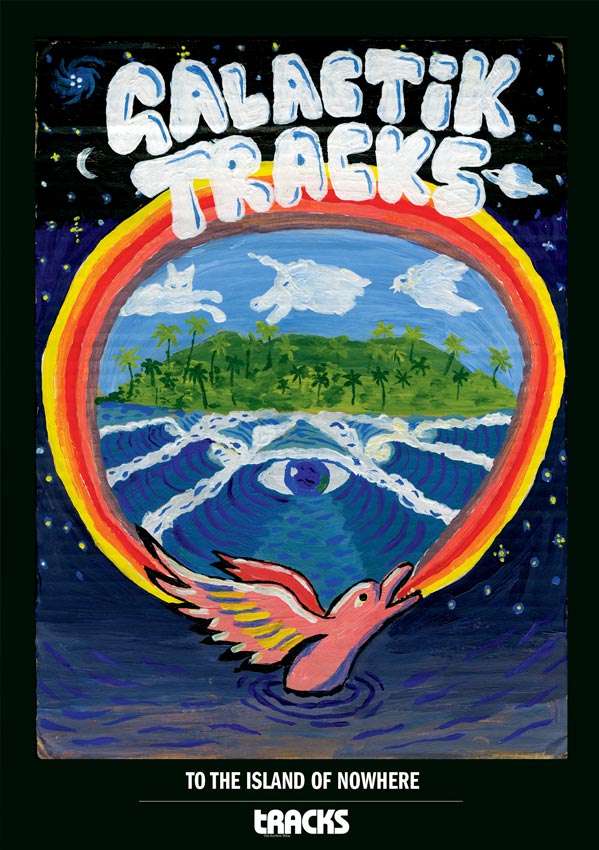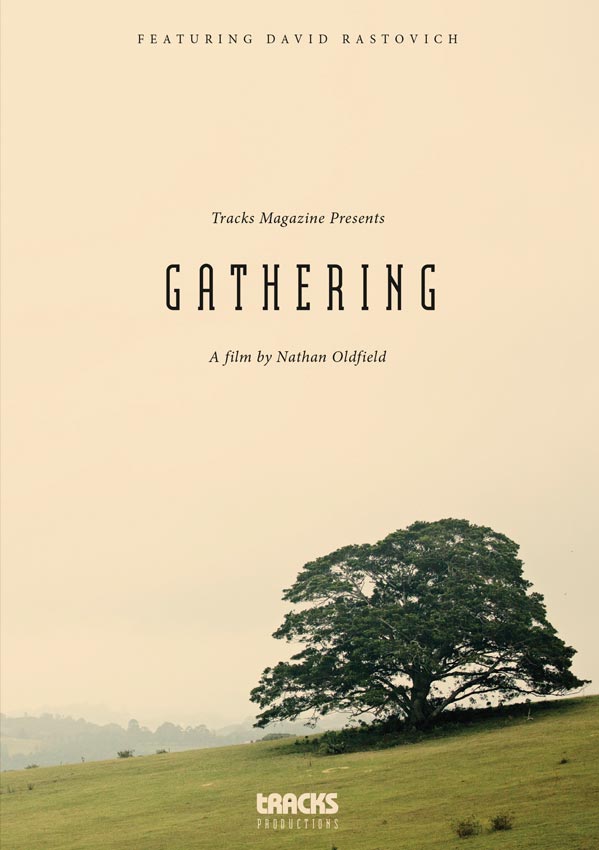It’s the nominated day – the fourth Sunday of the month. A legion of silver haired volunteers are traipsing through the sand dunes, wielding gardening gloves and pots of bristly scrub. A large area of fine white sand has been marked for planting and smeared with a coarse layer of mulch.
These volunteers are from Coastcare, a local community group. Most live close by in one of Perth’s genteel beachside suburbs, and they’re planting these plants to protect their homes from nature’s unforgiving wrath. The volunteers do a great job in stabilising the sand dunes, but not everyone in the city is happy about it.
Perth is home to some of the worst sand banks of any surfable location in the world, which can partly be attributed to an introduced genus of plant. It goes by the scientific name of Ammophila. We commonly call the species marram grass, bent grass, and beach grass. You’ve probably walked through them before. In most coastal suburbs around Australia, their dense grey green tufts are a part of the journey from the car park to the beach.
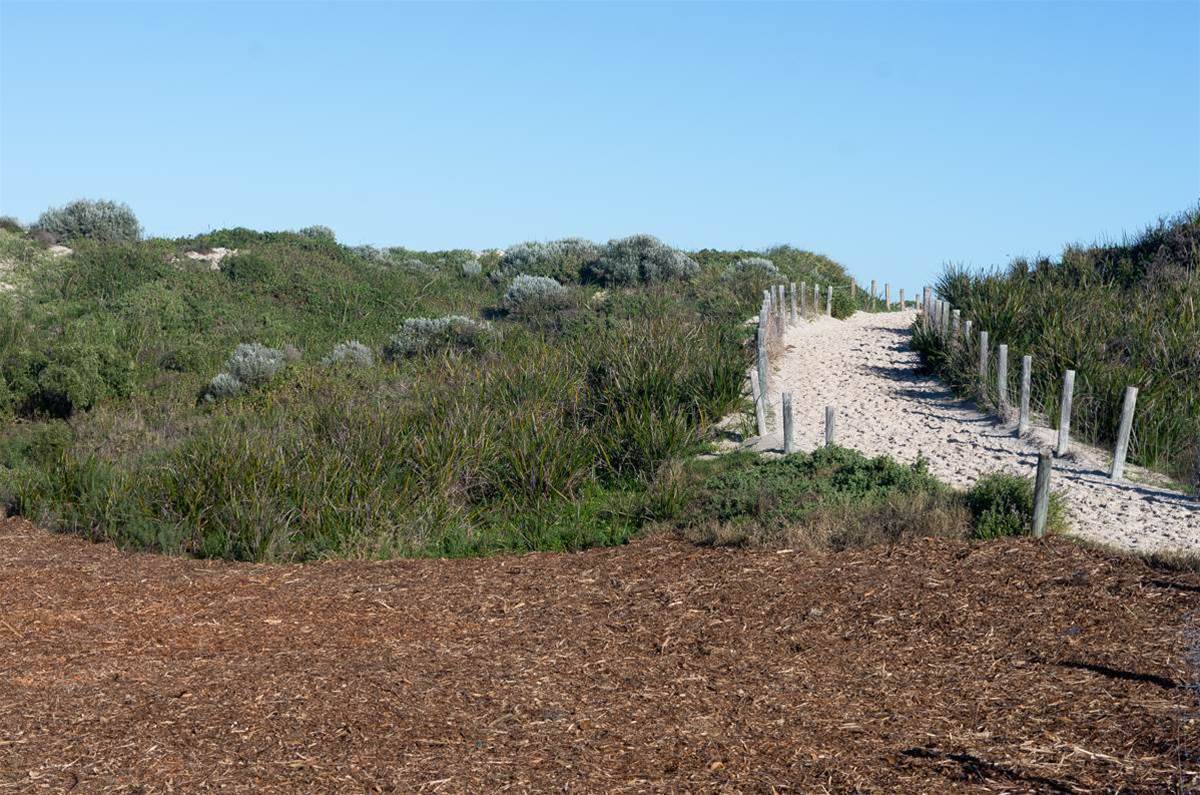
Don’t get Ammophila confused with Spinifex. No. Spinifex is a native genus, those spiny, brown tumbleweeds you see whistling in the breeze. Both serve the same purpose – to stabilise coastal sand dunes – but the major distinction is that Ammophila isn’t from here. It’s also invasive, spreads rapidly, and mitigates the natural changes to coastal dunes by large swell.
For as long as time itself, our world has been in constant flux. Whenever a large swell batters the coast, its progeny take sand from the first line of dunes and plonks it back offshore, forming the beautiful sand banks where the waves crest into rideable peaks for surfers to enjoy. For thousands of years, native plants like Spinifex have been part of this feedback mechanism. Until the late 1800s.
When the British colonialists arrived in Australia, they decided Spinifex wasn’t strong enough to prevent their coastal settlements from being swamped by shifting sand. So they brought the Ammophila species with them, along with the fox and rabbit.
According to an Atlas of Living Australia study, the grass didn’t begin to proliferate Southern Australia’s coastal beaches until the 1980s. Coincidentally (or not), this is around the same time most of Perth’s elder generation of surfers can last recall great waves in the city.
Unfortunately for surfers the Ammophila species are very effective. Too effective. They trap far more sand in the dunes than native species, creating an abundance of sand above the high tide line while stifling the natural flow of sand out into the line-up, where we want it.
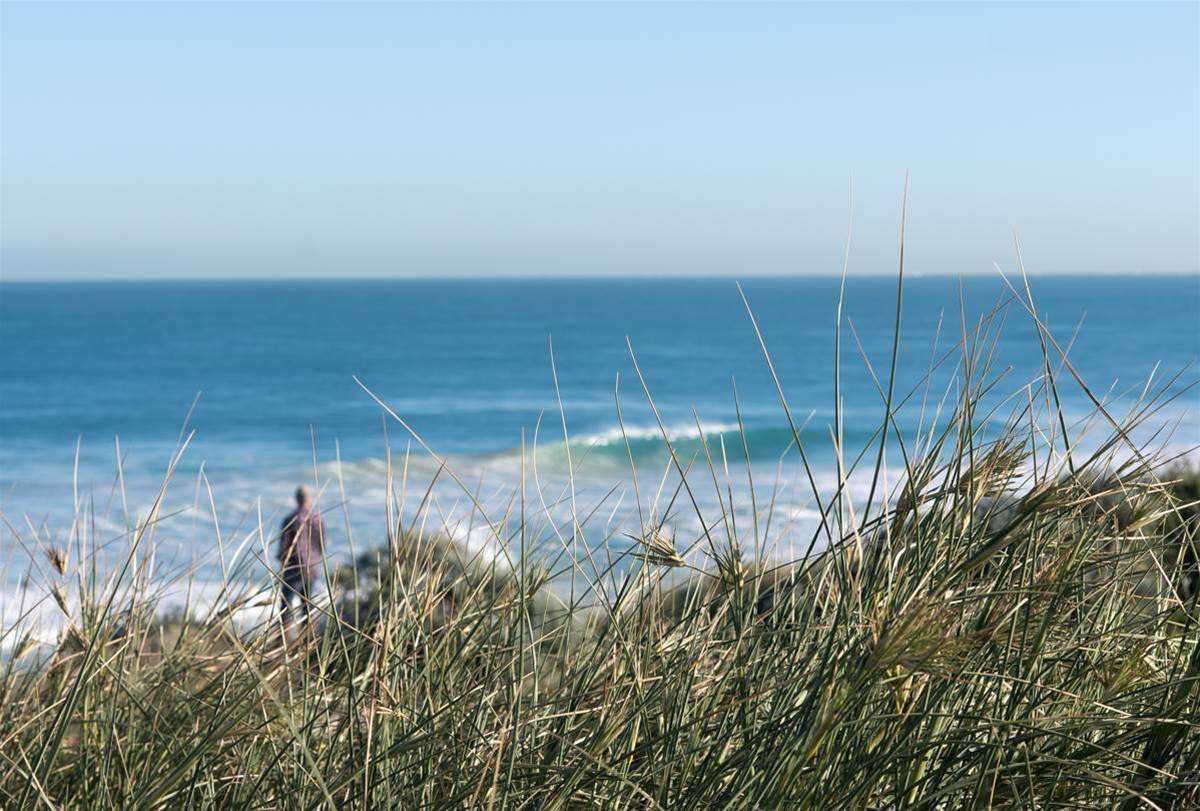
More sand in the dunes renders them taller and steeper. A study by New Zealand’s Ecological Society found fore-dunes where marram grass was introduced were, on average, 6 metres high with an incline of 28 degrees. Dunes formed with native grass were found to be around just 0.5m tall with slopes of only 14 degrees.
Steeper sand dunes means more backwash and wobble in the waves as the energy bounces back out to sea. This problem isn’t just exclusive to Perth. All beaches where Ammophila has been introduced are affected to some degree, Sydney’s Curl Curl being another clear example of the phenomena.
Still, councils and community groups continue to sow the anti-erosion seed, dressing it up as ‘dune rehabilitation’. Permanence in a zone of natural fluidity might be great for protecting houses, but not so great for the environment, or surfing. The proliferation of introduced anti-erosion plants might be low on the priority list of the world’s environmental concerns, but for some surfers it’s definitely a major source of frustration.

